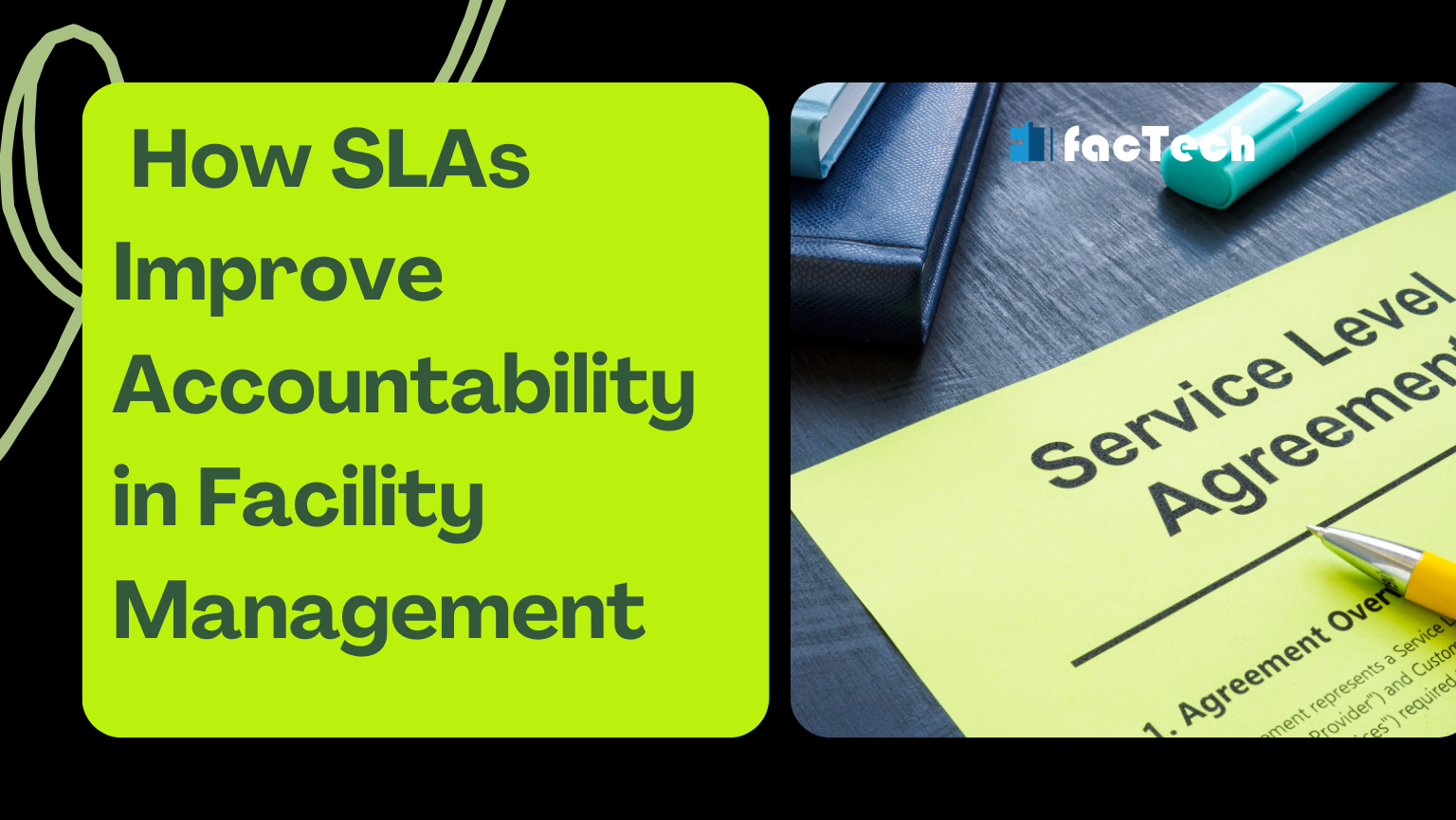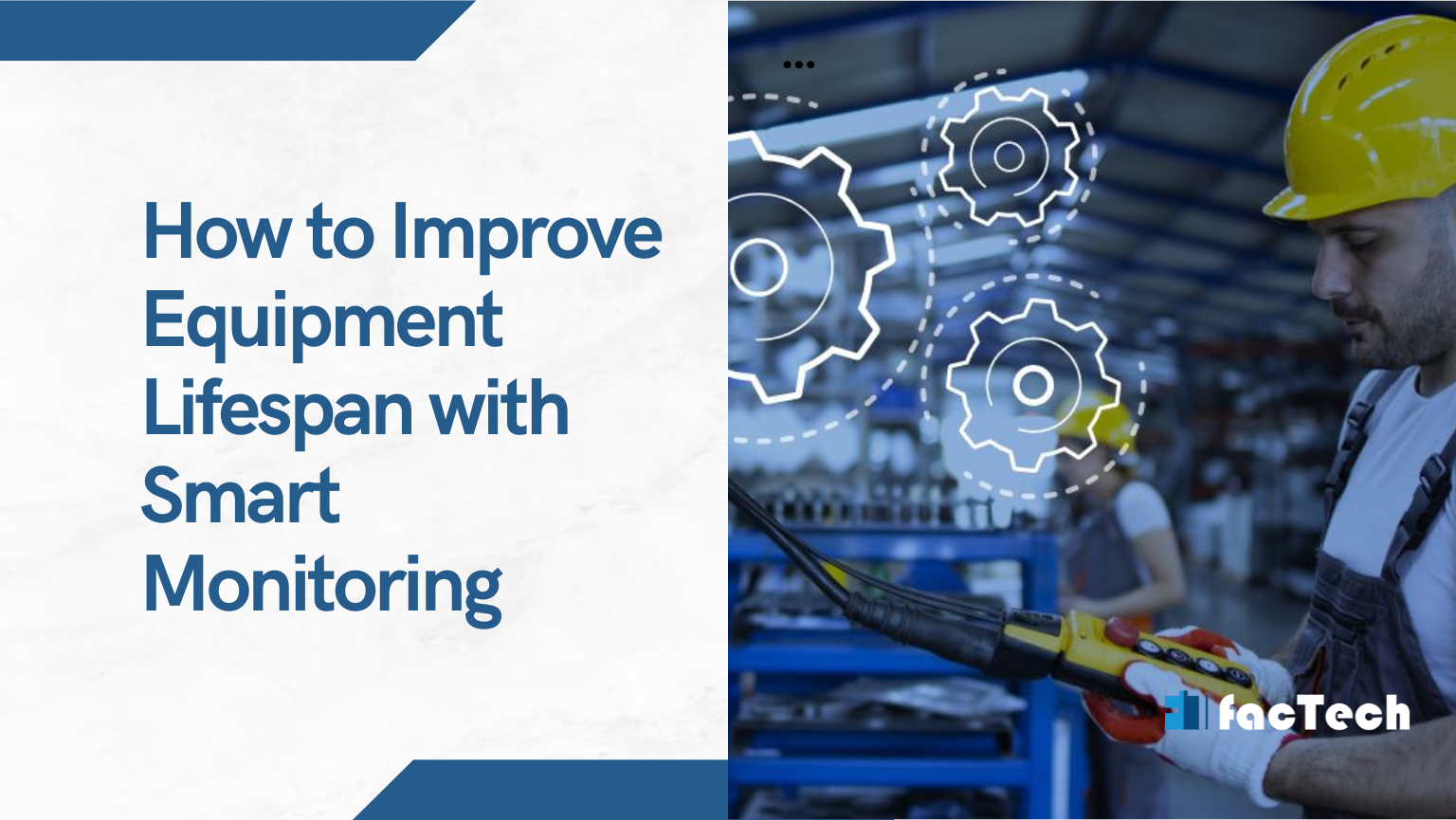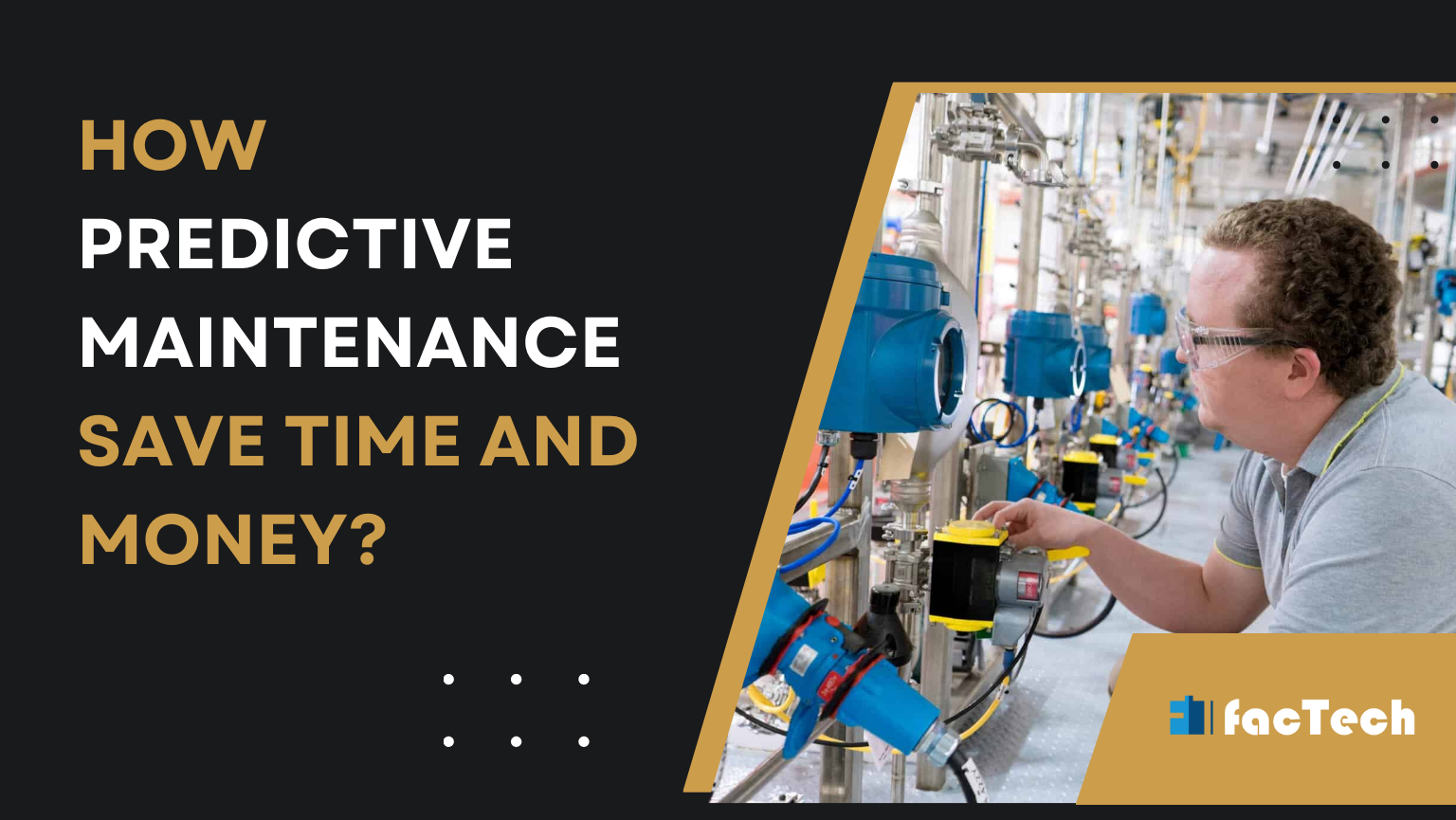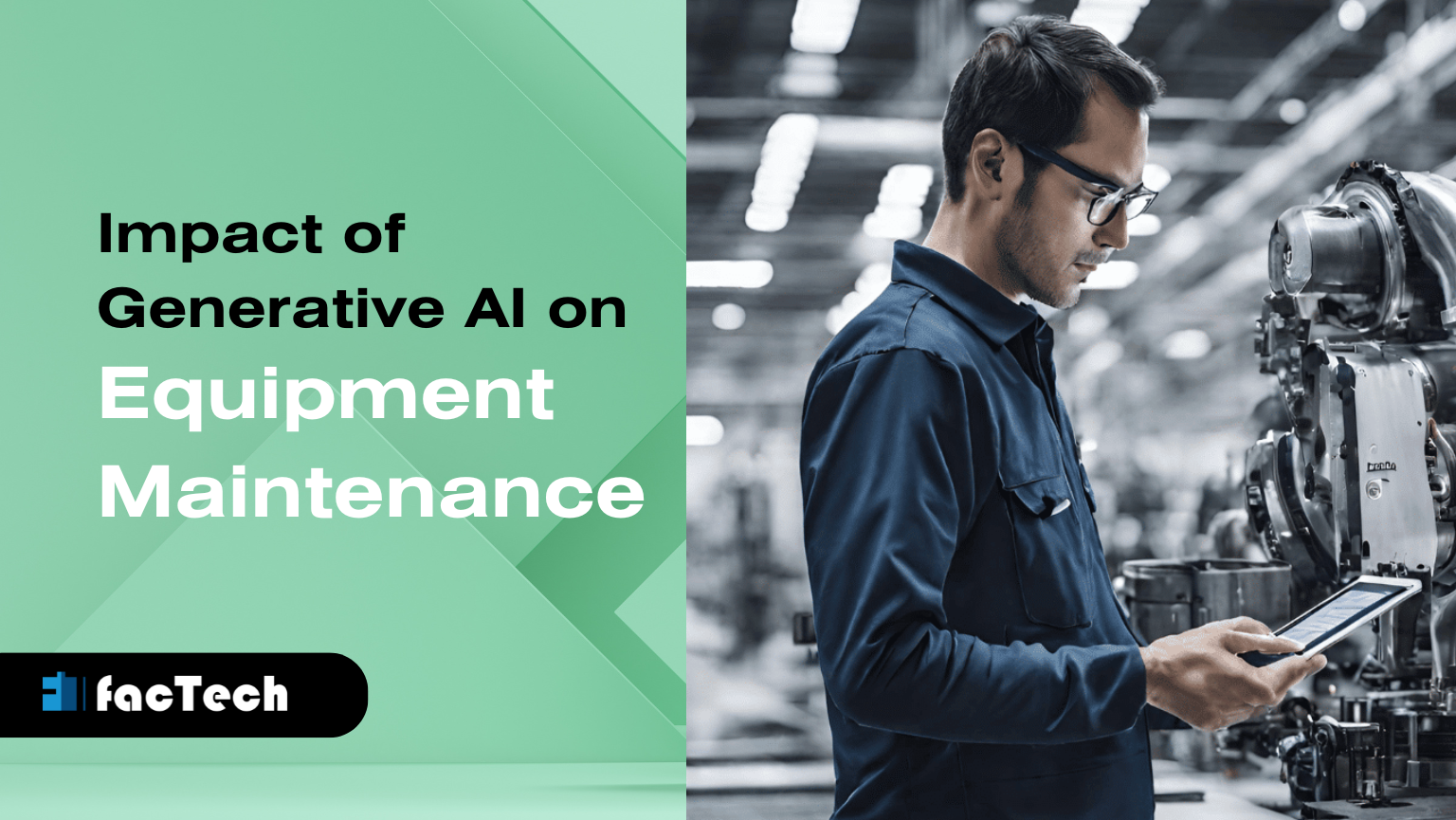Facility Risk Management: Coordinating Work Permits & PPM
A sound risk management system is the only necessary element of a successful enterprise. This holds even in facility management. As you would agree, occupant & employee safety and equipment longevity are the prime concerns of a facility manager. But how to manage the plethora of risks that your building encounters every day? In this blog, we’ll explore how work permits and PPM (Preventive Planned Maintenance) work together for facility risk management.
Work permits are used to authorize personnel to carry out maintenance activities while PPM schedules focus on proactive building maintenance. Both of these are interrelated and used by facilities to mitigate risks. Let’s understand how.
What is Facility Risk Management?
What potential risks can you face at your building? Thefts, cyberattacks, unauthorized access? Yes, these can be some of them. Apart from these, there might be some internal inefficiencies that could cost you a bomb. There can be potential hazards that stem from inadequate maintenance practices. Examples are equipment failures, costly downtimes, low productivity and safety threats due to worn-out equipment.

This doesn’t end here. What about the risk of leakages and spills of chemicals due to poor maintenance? Yes, that would be dreadful. However, with timely PPM schedules and work permits, we can mitigate many of them and enhance occupant safety.
Facility risk management consists of risk identification, prioritization and mitigation. You can proactively mitigate the probabilities of security breaches, equipment failures, and safety threats. How come? Here comes the integration of work permits and PPM schedules for facility risk management.
How Do Work Permits and PPM Work Together for Risk Management?
1. Work Permits for Facility Risk Management
Work permits are authorizations designed to identify and control risks in hazardous areas of the facility. These allow your team to work on specific maintenance tasks in a controlled and safer way. A permit to work is instrumental in hazard assessment. First, a scrupulous risk assessment is done for each maintenance task, enumerating the safety concerns and possible measures. For instance, you can address the safety concerns prior to work commencement by listing equipment tagout, emergency protocols etc. Furthermore, work permits also require the personnel’s qualifications to work on the task at hand. This ensures risks due to incompetence are minimized.
2. PPM Schedules for Facility Risk Management
A Preventive Planned Maintenance (PPM) schedule is a proactive approach that identifies and mitigates the risks beforehand to dodge the bullets later. In other words, you can be religious about the maintenance routine of your building and equipment to keep major disruptions and downtimes aloof. PPM schedules encompass activities like inspections, maintenance, and work orders to strategically enhance operational efficiency. Let’s have a look at the ways it manages risks at your facility
a) Increase Asset Lifespan
The first and foremost benefit of PPM is asset longevity. You can ensure optimal working conditions by regular site inspections and maintenance. This not only prevents early wear and tear but also helps lengthen equipment life. You can then save on expensive repair and replacement costs.
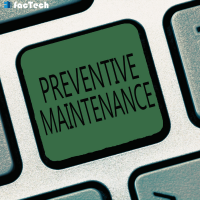
b) Early Bird Dodges the Risk
As the adage goes- ‘an early bird catches the worm’, this completely fits with PPM for risk management. Before the risks turn into operational disruptions, you better dissolve their likelihood.
Read more here: Improving Equipment Reliability with a Preventive Maintenance Plan
c) Be Safety Compliant

Next is becoming safety compliant. You’ll have to adhere to the standard safety regulations in your industry. Using PPM schedules, you create a safe haven for everyone including the equipment. This helps abide by the safety laws and prevent any financial and legal risks.
d) Use Data to Mitigate Facility Risk
Finally, PPM allows you to collect data from assets and identify potential anomalies. You can then work towards fixing these anomalies before they burn a hole in your pocket. You can further optimize resource allocation and maintenance schedules using this data.
Related Read What data or input is required to start Factech’s different services?
3. Coordination of Work Permits and PPM Schedules
In the previous few sections, we caught a quick glimpse of the functions of work permits and PPM. Work permits authorise the maintenance tasks and function as a control for safety hazards. On the other hand, PPM is a systematic approach to maintaining the facility religiously to prevent costly breakdowns later. As evident from our discussion, a work permit requires data from your PPM systems to enumerate the safety requirements, tasks etc. This helps align the maintenance period with the authorized work period of the personnel. You can ensure that preventive maintenance is carried out as per the work permit outline to prevent any accidents or equipment damage. You can effectively communicate the safety guidelines and precautions to the team through their permits.
The Bottom Line
Wrapping it up, work permits, PPM schedules and risk management work together to ensure facility safety. In this blog, we ran you through the basic functions and benefits of permits and PPM in risk assessment and mitigation. We also highlighted their interplay for a structured approach to prevent accidents or damages.






